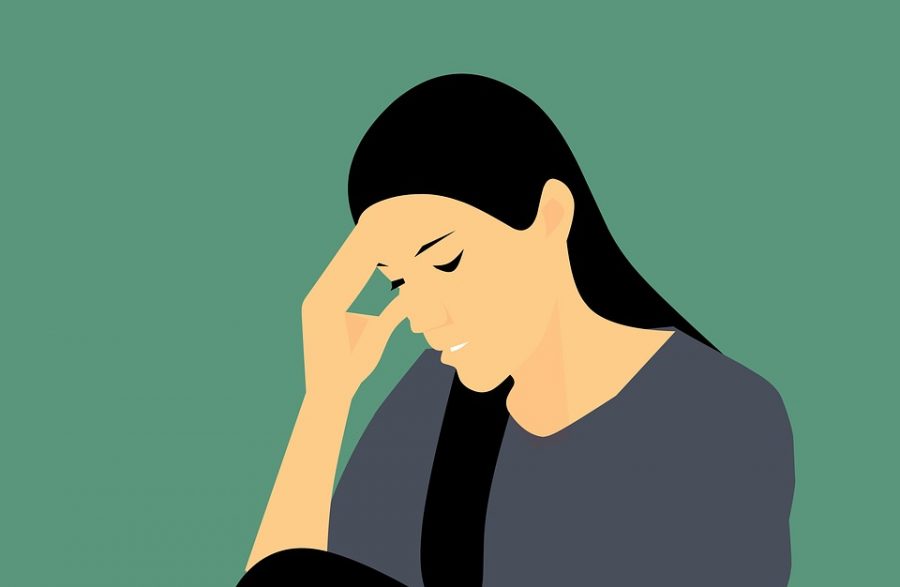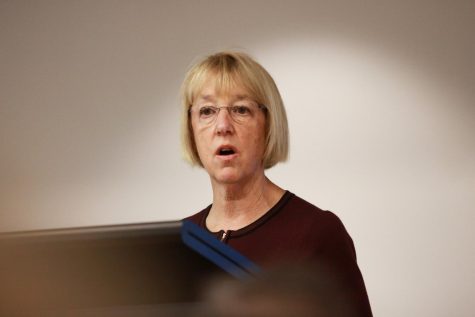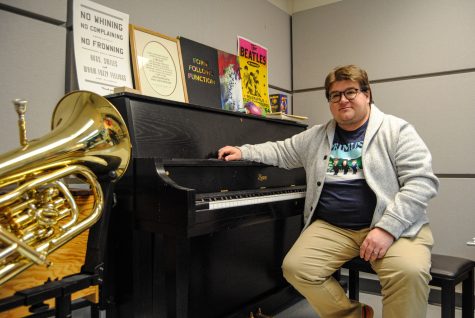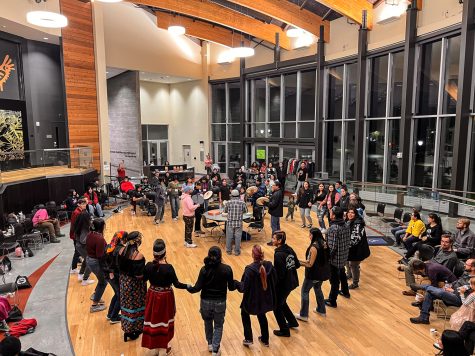Study finds depression in rural mothers affects the whole family
Mental health issues stigmatized in rural areas; includes depression, anxiety, schizophrenia
March 30, 2020
A 30-year-long study led by a WSU researcher found low-income mothers in rural areas who face depression are more likely to experience other health problems, as well as distrust their doctors.
Yoshie Sano, WSU Vancouver Human Development associate professor, leads the Rural Families Speak project, which reaches across about 14 states in the U.S.
The research project started in 1999 and focuses on the impacts of the welfare system, health changes and resilience among low-income families living in rural areas.
“Health is the fundamental factor for the well-being of the families,” Sano said. “It’s not about just one person’s health status.”
The project follows about 450 families total over the course of the study, with some families being interviewed for about three years. Around 60 of the families were from Washington state, she said.
The study is funded by the USDA, particularly the National Institute of Food and Agriculture.
Sano found that mental health issues, which are invisible to the eye, are usually not considered by policymakers because they focus on the physical health of these families, Sano said.
Mental health issues were found to be stigmatized in rural areas more than urban areas, specifically depression, anxiety and schizophrenia, she said.
More than 16 million adults in the U.S. were diagnosed with Major Depressive Disorder. Depression affects more women than men, according to the Anxiety and Depression Disorder Association.
“Anything with mental health is not openly discussed,” Sano said. “It goes really invisible and the person with depression is denying the fact that they do have depression.”
Sano said she was surprised to see how intricate a relationship between a mother and her child was. For example, if a child had behavioral issues or a learning disability, this added to the mother’s depression.
She said she also found mothers tend to have a distrust in their healthcare providers. The mothers expressed the doctors did not have enough time to listen to their concerns.
One mother said she went in for a consultation about her depression and the doctor told her to reduce her stress. The mother did not know how to do that when she had to worry about putting food on their table while being unemployed and dealing with her children’s behavioral issues, Sano said.
“There’s a discrepancy between the mom’s perception and the doctor’s advice,” she said.
One mother from Pullman, Monique Slipher, said she and her son have a good relationship with their family physician.
Her son was born in Pullman and they have used the same family doctor since. Her son still comes back for a yearly check-up, she said.
“If you’re a permanent resident, you know, it’s kind of everybody knows everybody. And it feels like a really safe place to raise kids,” Slipher said.
She said she moved to Pullman from Oregon about 25 years ago. She works for WSU in the plant pathology department, as well as Brused Books.
Slipher’s son now attends Western Washington University, majoring in English to someday become an English high school teacher.
Since she raised her son in a smaller town there were fewer options for childcare, Slipher said, but the provider gets to know the parent and child more since there are fewer children.
Slipher was considered low income when her son was younger, she said. State-assisted child care was crucial during that time period.
“You know, you have to get out to go work and you barely make enough to pay for the childcare,” Slipher said.
Another mother in the Moscow area said being a single mother has been challenging, but her parents, who live locally, have been a big support system.
Jolene Susa has lived in the Moscow area for almost her whole life. She has a 14-year-old daughter and a 12-year-old daughter.
She said she was able to utilize Idaho state’s child care assistance program for when her daughters were young.
When the children participate in extracurricular activities it can be hard to find transportation to get them to and from, especially when she works 10-hour shifts as a dental assistant, Susa said.
Since her daughters are now older they can walk and ride their bikes where they need to go, she said.
“People are a little bit more close-knit,” Susa said. “It’s a little easier to get help and communicate with people.”
Sano is originally from Japan and when she first came to the U.S. she thought there was not an issue with poverty. However, when she started working on this project she quickly realized that it is a bigger issue than she thought.
“Interestingly, the people who live in poverty are the same: women and people with disabilities,” Sano said.
She said the last data collection was a couple of years ago and she has since lost contact with the families. The next phase of the project will recruit new families to participate.
As Sano looks to the future of the study, she plans on studying the resilience of low-income families.
Researchers focused on poverty tend to look at the negative outcomes, but it is also important to recognize the positives, she said.
“I think it’s time to see those families not only being vulnerable, but also to see the strength these families have,” Sano said.


















Harold A Maio • Mar 30, 2020 at 8:27 pm
A Matter of Perspective
The difference between “stigma” and prejudice and discrimination is perspective. The person directing it sees “stigma”, the person experiencing it sees prejudice and discrimination.
Harold A Maio